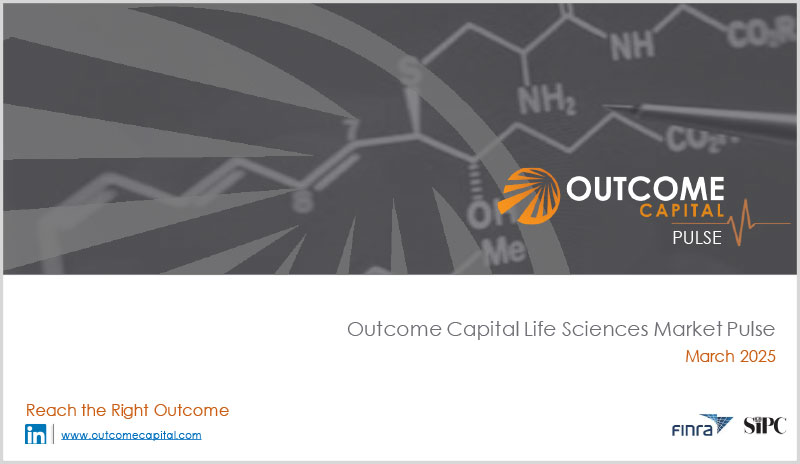Anti-infectives: Addressing Market Dynamics that Challenge New Entrants to the Sector

Anti-infectives: Addressing Market Dynamics that Challenge New Entrants to the Sector
By: Oded Ben-Joseph, PhD, MBA and Echoe Bouta, PhD
Outcome Capital
Bacterial resistance is a huge and growing unmet need. However, Novartis’ recent announcement that the company is shutting down its antibacterial and antiviral research — followed by similar moves from Eli Lilly, Bristol-Myers Squibb and AstraZeneca — presents a sector-wide trend. This big pharma flight from anti-infective R&D will create significant challenges for early-stage biotech companies seeking to develop novel and much needed drugs in this sector, as opportunities for partnerships, joint R&D relationships, and merger/acquisition transactions are diminishing. This trend supports our internal research and analysis of the anti-infectives segment (J. Comm. Biotech., Vol 24, 2, 47-53).
Even when a company’s management and board is committed to the success of its endeavors, we often find they exhibit a tendency to disregard the dynamics of the segment in which they operate. Recently, we analyzed financing events, M&A transactions and initial public offerings (IPOs) from 2015-2017 in various separate sectors. Within that time period, the anti-infectives sector showed little opportunity for successful exit. Few M&As or IPOs were successfully completed, likely due to the low revenues earned by recently approved antibiotics. Of the limited number of exits that were achieved, the majority occurred when the lead asset was in Phase III trials or already approved. Most investors in the anti-infectives sector have experienced limited returns, and that experience challenges the ability of young companies to raise either private or public capital for new anti-infectives development. This finding is evidenced by the low number of funded companies in the sector, and by the total capital raised to support anti-infectives development compared to other industry segments.
Undercapitalization is a risk for any biotech company. Due to the challenges of raising capital and exiting successfully within this sector, that risk is further increased for anti-infective companies. This situation dictates a strategy of targeting large venture firms with sufficient capital to support the company to Phase III and beyond. Furthermore, these dynamics suggest that young companies should hold discussions early with prospective future buyers to determine those companies’ interest in their development strategy. Early partnering/collaboration as a risk mitigation measure is critical.
Resources
A Shifting Market Environment and Strategies Fueling Innovation in Prostate Cancer Treatment
Blockbuster drug patent expiration, advances in enabling technology, and the emergence of personalized medicine for prostate cancer treatment create a landscape worth examining.
DownloadResources

Outcome Capital Life Science Market Pulse, March 2025
Outcome Capital Life Science Market Pulse March 2025 Click to view our LifeSciences Pulse Newsletter
DownloadContact Us for More Information
Would you like to learn more about working with Outcome Capital or discuss your specific needs?


